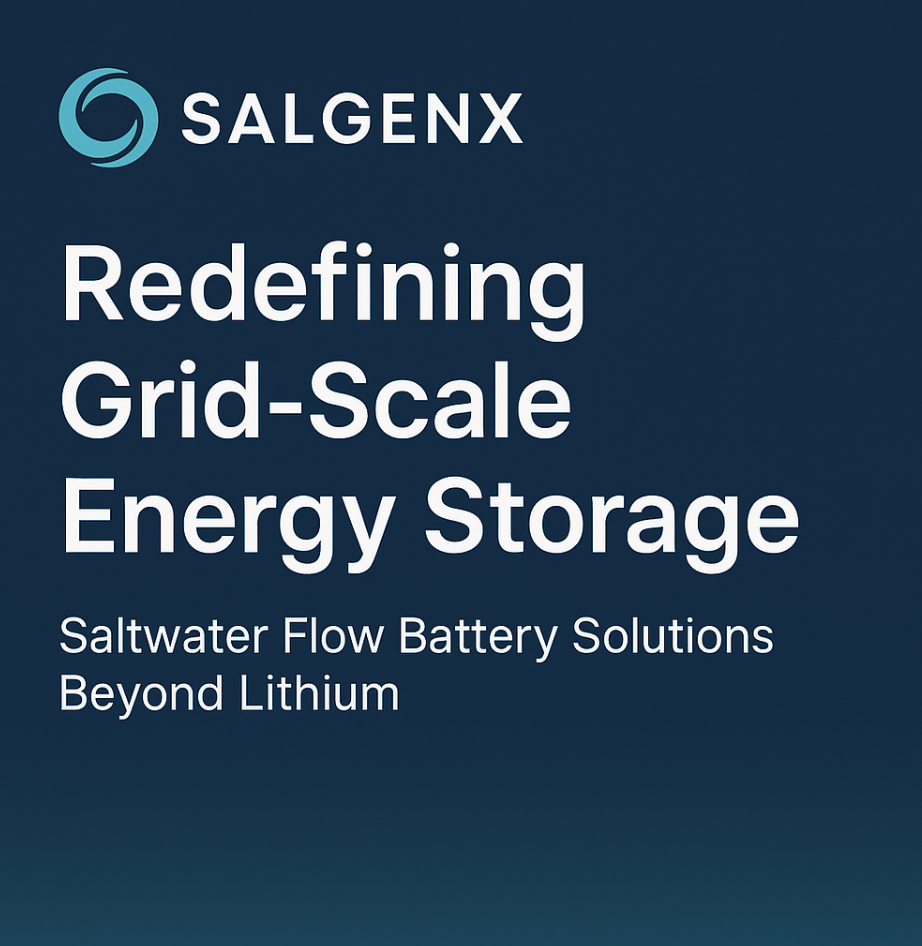

Salgenx LLC • Sales • Licensing • Consulting TEL: 1-608-238-6001 Email: greg@salgenx.com
Zinc Based Electrodes for Chlorine Flow Battery Offer Higher Voltage and Better Energy Density Offering ultra-low cost build and up to 40,000 cycles at 93 percent efficiency... Zinc is available in rolls at Home Depot
Zinc-powered, saltwater-driven — the affordable flow battery redefining grid storage. Low-cost zinc electrodes meet limitless saltwater energy.
A breakthrough in sustainable storage — zinc and saltwater in perfect balance. From seawater to megawatt — zinc makes energy storage clean and cheap.
No lithium, no fire risk, no compromise — just sustainable power. Turning saltwater into savings — one zinc electrode at a time.
The lithium alternative the world’s been waiting for. Zinc is the new gold in battery innovation.
$35 Tax Credit per kWh Until 2030 Reliable. Recyclable. Remarkably affordable. That’s zinc-based energy.
IT1000 Portable Power for Data Centers 1 MW Clean Power using Natural Gas, Solar Thermal, or Waste Heat
|
Saltwater Battery A new class of saltwater flow batteries is emerging that stores electricity and thermal energy without lithium or flammable electrolytes. Salgenx aims to make grid scale storage safer, cheaper, and more versatile. |
|
The Salgenx Sodium Flow Battery using Saltwater IntroductionThe large battery market has been defined by lithium ion for a decade, but the next decade will be defined by systems that are safer, more modular, and better matched to multi hour and multi day needs. The Salgenx saltwater battery is built around widely available materials, container based deployment, and a multi modal design that can store electricity while also performing thermal and process tasks. This combination points to a new cost curve and operating model for utilities, microgrids, data centers, and industrial facilities.What Makes Salgenx Different1. Non flammable electrolyteSaltwater based chemistry removes the fire risk associated with organic solvents. This improves siting flexibility and insurance profile for dense urban sites and data centers.2. Abundant, low cost inputsCore ingredients are salt, water, and common electrode materials. This reduces raw material volatility and enables regionalized manufacturing close to load.3. Containerized architectureEnergy is stored in standard shipping containers that hold brine and electrolyte, with modular pumps, electrolyzers, and power blocks. Capacity can scale from a few megawatt hours to many hundreds by adding containers.4. Multi modal capabilityBeyond storing electricity, the system can couple to thermal storage, desalination, and other process streams. Dispatch can be optimized for revenue stacking, not just charge and discharge.5. Long duration, deep cyclingFlow battery topology decouples power from energy. Adding more tanks increases hours of storage without redesigning the power section, making 6 to 24 hours and beyond practical.How It Works at a High LevelEnergy sectionElectrolyzers and cell stacks convert electricity to stored chemical potential in saltwater based electrolytes. During discharge, stacks return power to the grid or facility.Energy tanksSeparate tanks hold the electrolytes. Energy capacity scales with tank volume and concentration, not with the size of the stacks.Balance of plantPumps, valves, heat exchangers, and controls handle circulation, safety interlocks, and integration with thermal loops or process modules.Impact on the Large Battery World1. Safety and sitingNon flammable electrolytes and low pressure operation allow siting near data halls, substations, and behind the meter loads, shrinking cable runs and interconnect costs.2. Cost structureWith commodity inputs and containerized assembly, capital costs target a step change versus lithium systems at long durations. Energy capacity is added mostly as tanks and fluids, not additional stacks, which lowers dollars per kilowatt hour for multi hour storage.3. Duration flexibilityUtilities increasingly value 6 to 12 hour storage for renewables firming and peak shaving. Salgenx scales duration without multiplying the number of battery modules.4. Thermal integrationWaste heat from electrolyzers and stacks can be harvested. Coupling to thermal storage or chillers improves overall site efficiency, a key advantage in hot, humid regions such as Texas.5. Process co productsThe architecture can be tuned for ancillary processes such as desalination support or on site industrial chemistry, creating revenue stacking beyond time shifting.Example Use CasesData centersPeak shaving, renewable matching, and chilled water support. The non flammable profile and modular tanks align with campus build outs.Utility renewables firmingShift midday solar to evening peak and reduce curtailment without relying on gas peakers.Industrial sitesElectrify heat and provide backup power while capturing process synergies such as brine handling or water treatment.Microgrids and islandsLong duration storage with simple logistics and maintainability, using containers delivered by standard freight.Comparative Advantages at a GlanceSafety: saltwater electrolyte, no thermal runawayMaterials: abundant and widely sourcedScaling: add hours by adding tank volumeOperations: tolerant of repeated deep cyclesIntegration: electricity plus thermal and process optionsDeployment and OperationsModular buildStandardized container blocks for electrolyzers, pumps, and tanks reduce on site work and enable phased expansion.ControlsDispatch logic can prioritize power, thermal, or process objectives based on market price signals and site needs.MaintenanceService focuses on pumps, seals, and filters. Tanks and fluids are accessible, and stack upgrades can be performed without replacing the entire energy inventory.Sustainability Profile• No lithium, cobalt, or nickel• Recyclable fluids and tanks• Lower embedded carbon for added duration because energy capacity scales with tank volume rather than additional high intensity cellsWhy It Is TransformationalThe Salgenx saltwater battery challenges the idea that one chemistry must do everything. By separating power from energy and enabling thermal and process coupling, it reframes storage as site infrastructure rather than a sealed black box. This shifts the economics for long duration and complex sites, opening markets where lithium ion is either too costly at high hours or constrained by safety and siting.ConclusionGrid operators, data center builders, and industrial energy managers are seeking storage that is safe, cost effective at long duration, and adaptable. The Salgenx saltwater battery addresses these needs with abundant materials, containerized scaling, and multi modal operation. As deployments grow, this approach can broaden where and how large batteries are used, accelerating the transition to reliable, low carbon power systems. |

|
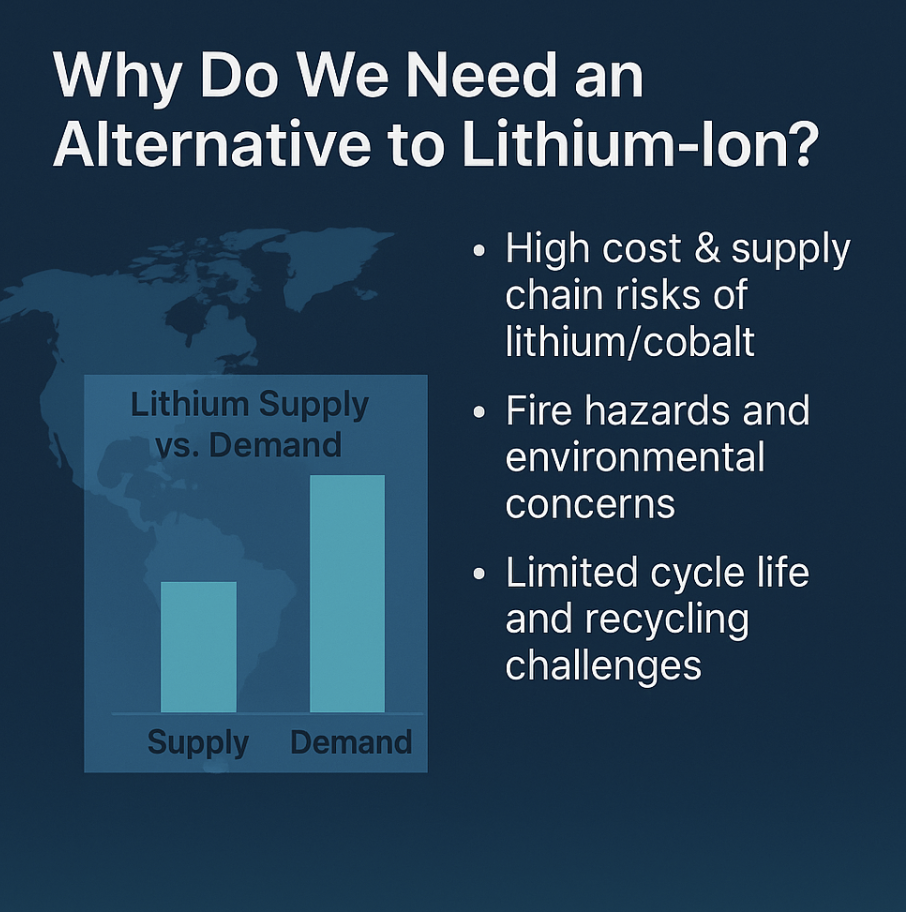
|
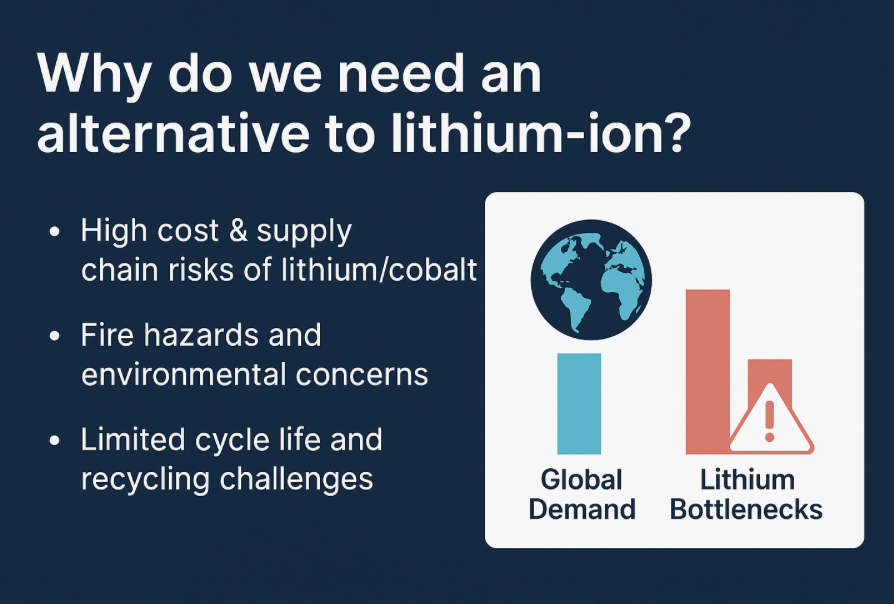
|
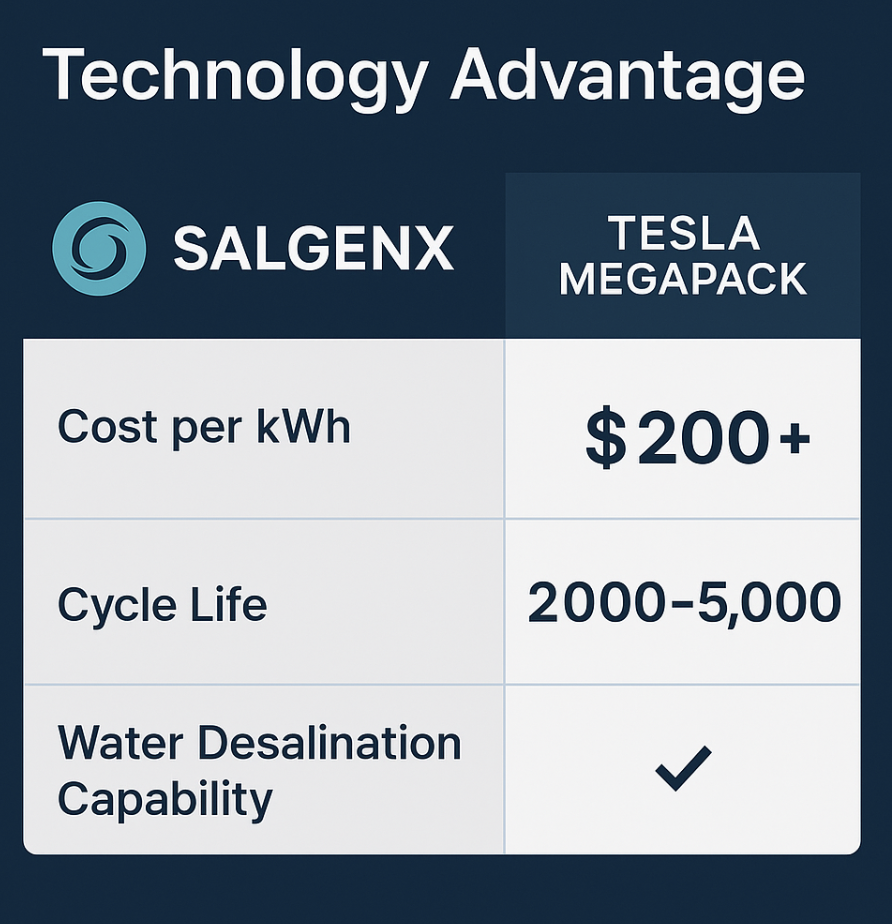
|
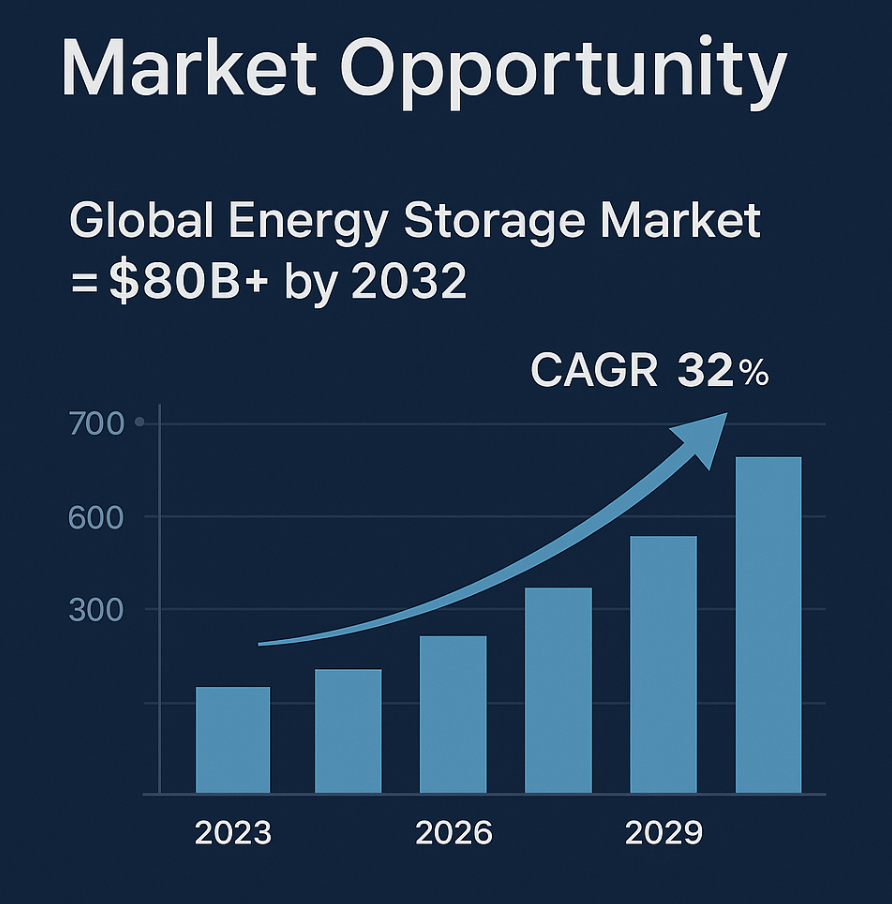
|
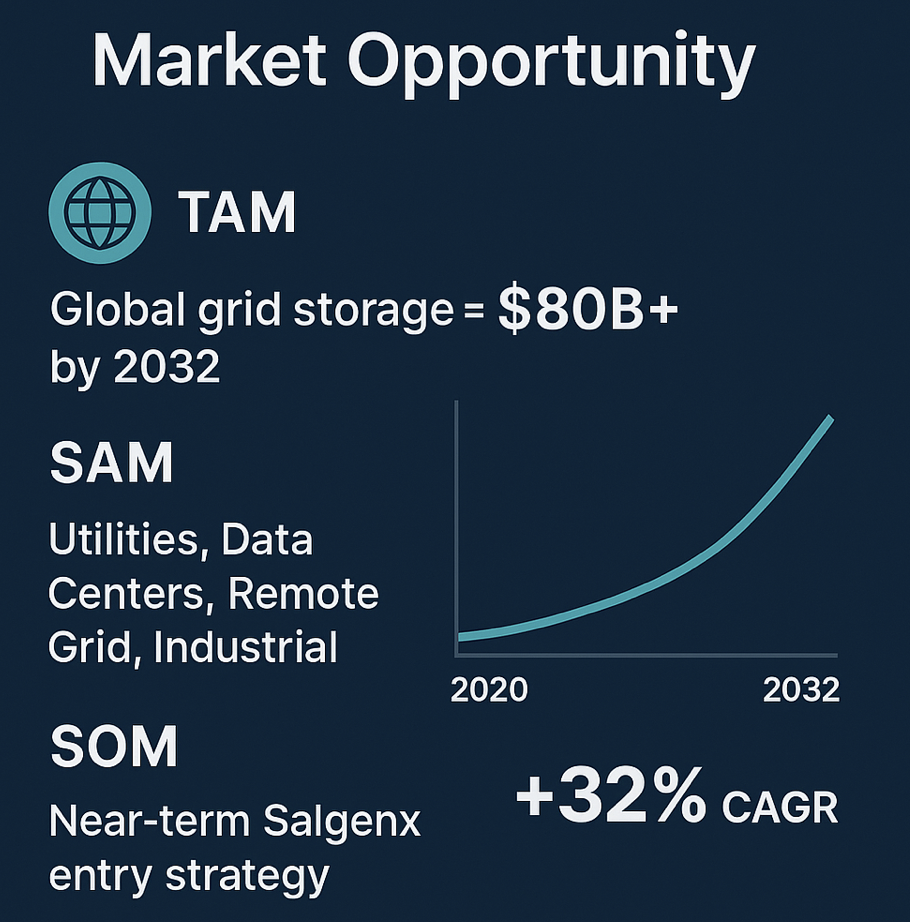
|
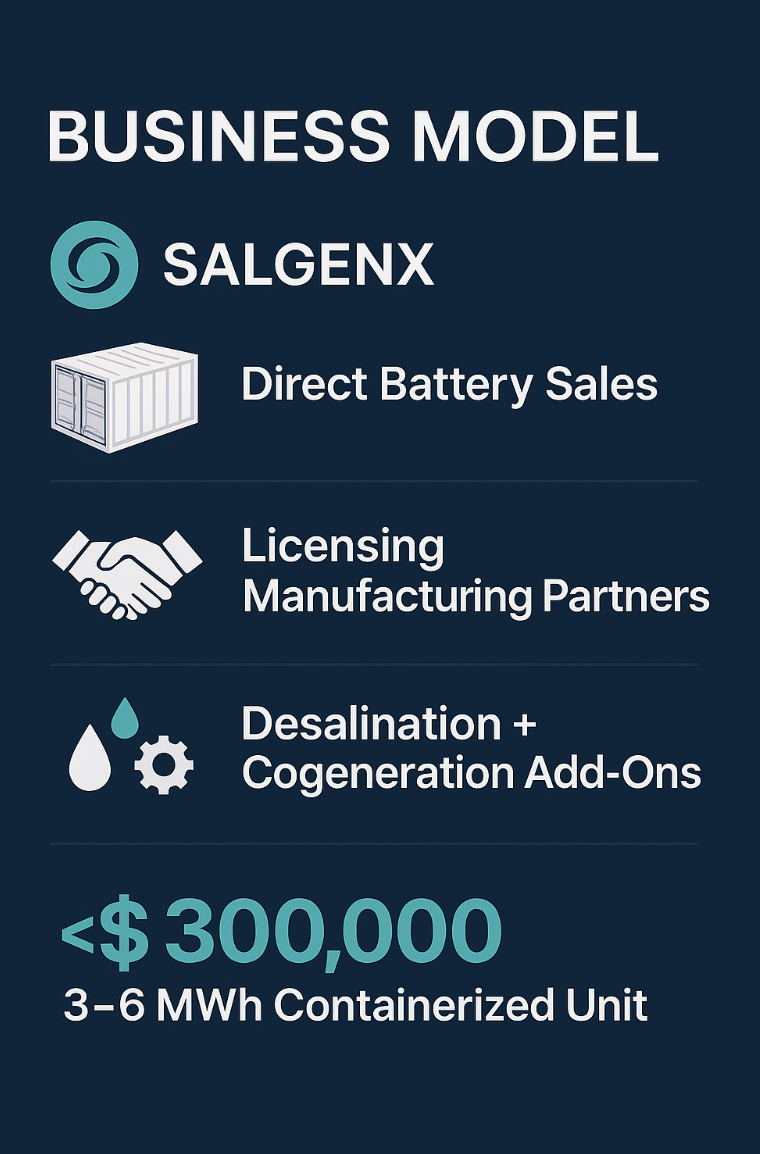
|
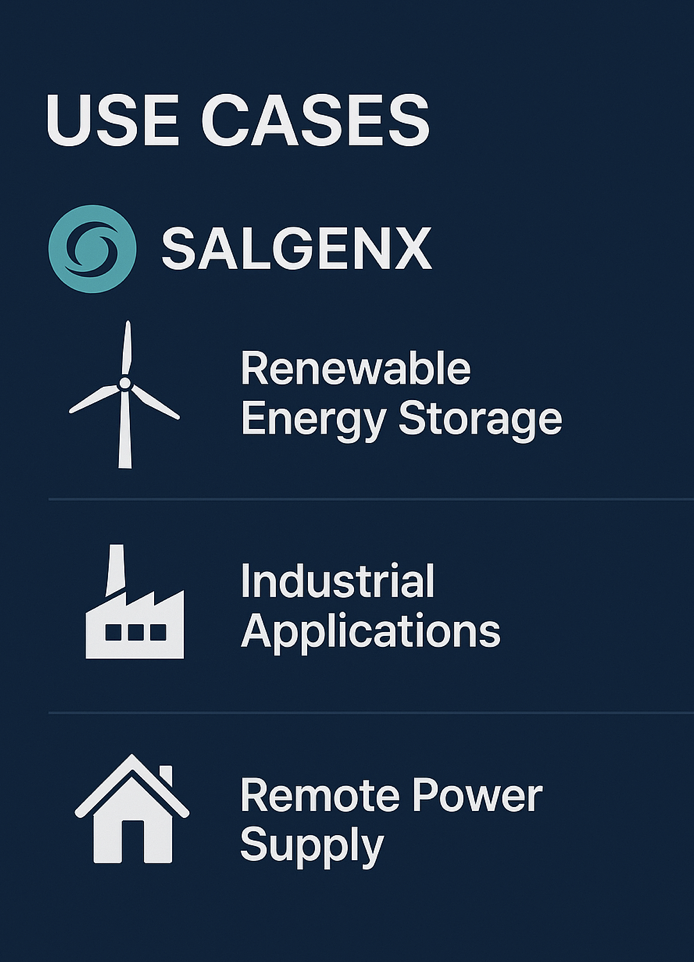
|
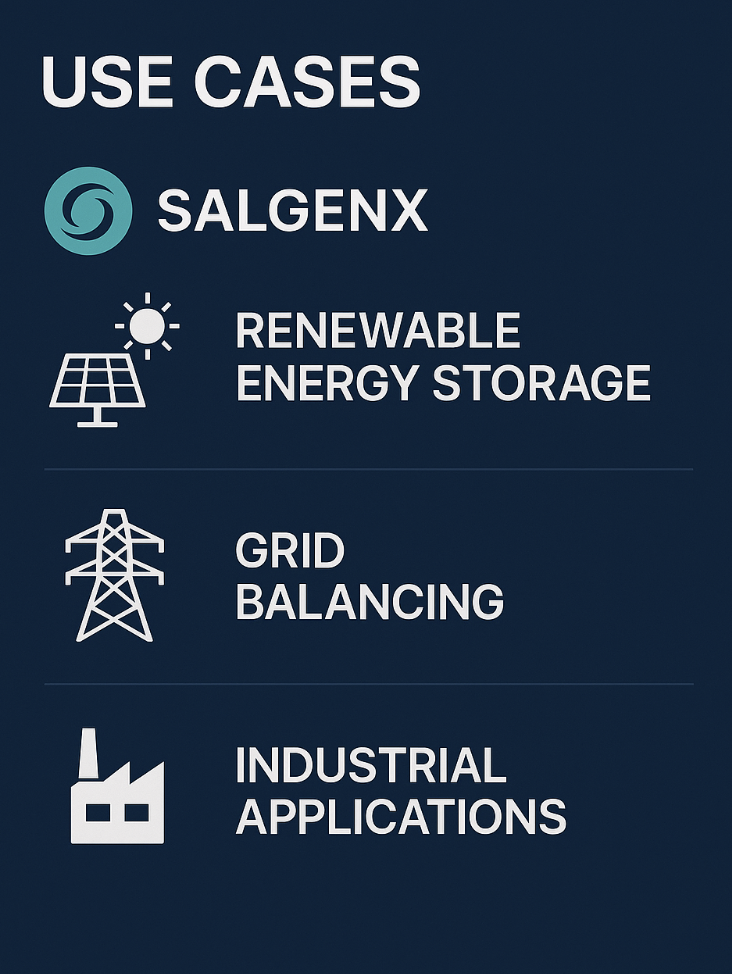
|
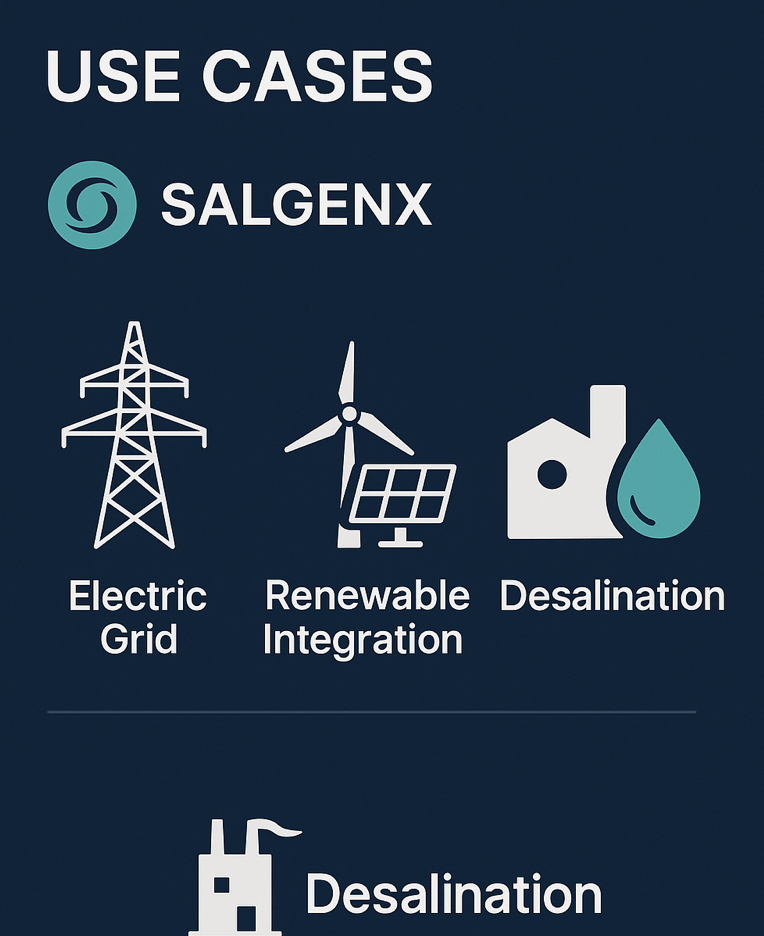
|
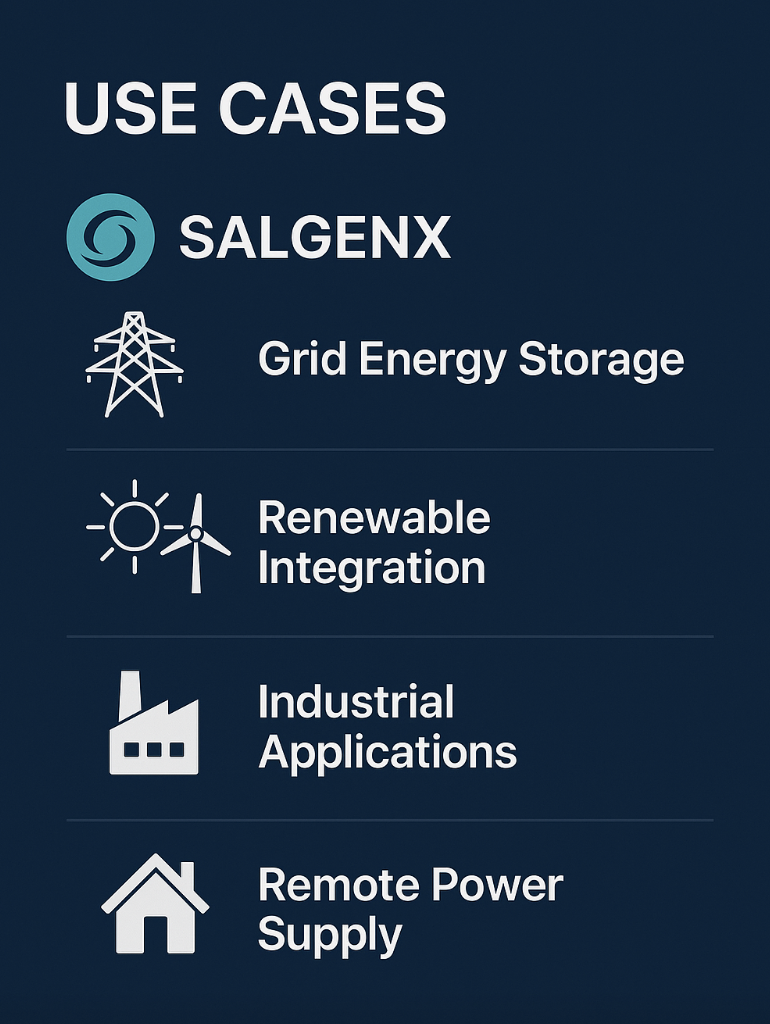
|
| CONTACT TEL: +1 608-238-6001 (Chicago Time Zone) Email: greg@salgenx.com | AMP | PDF | Salgenx is a division of Infinity Turbine LLC |